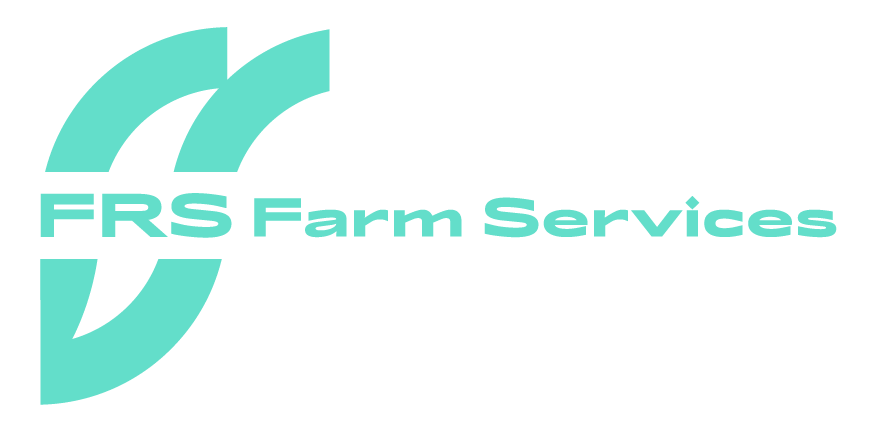Grassland planning and management is an important factor to think about this Spring. Farmers need to assess their cover. Aim to grow enough grass to feed cows till the end of the first rotation on April 1st and beyond.
Looking at the Teagasc national grass growth curve, the month of February will see an increase in growth that is expected to peak in June. Farmers have already noticed considerable growth this year. This will need it to continue into Summer to maximise their feed source potential. Farmers use two main components: slurry and chemical/organic fertilisers. These will improve and maintain soil fertility and encourage grass growth.
However, fertislier prices are at an all-time high and prices are not expected to fall in the first half of the year. Slurry is now a valuable resource on farms for 2022.
Soil Temperatures
Unfortunately, the spreading season had a slow start as soil temperatures read 3-4°C in some part of the country. This meant temperatures were too low to spread. To maximise the use of nitrogen in slurry, Teagasc recommends a soils temperature of 5.5°C.
Met Eireann soil temperatures at the end January hit above 6°C meaning many farmers and slurry contractors may be rushing to make up for lost time. Farmers need to take time to plan out their overall grass management plan as changes are expected to come on the Nitrates Action Plan in March.
Slurry
In relation to slurry, it is proposed to reduce the rate of chemical nitrogen fertiliser on all farms by 10%. Farmers may need to adapt their initial plan to incorporate this into their allowance.
With the current cost of fertiliser, slurry may feature as the main fertiliser on many farms. Spreading should be maximised in Spring but farmers may want to consider the following. Fields with the lowest grass cover should get slurry first. Also, if slurry is used on silage ground, farmers may want to reserve a sufficient amount. Fields with low phosphorous and potassium should be specifically targeted.
Knowing Your Fields
Farmers should be familiar with their fields/paddocks and the type of land/soil they have. Having healthy soils is a factor in growing healthy crops but it can also help farmers reach environmental goals.
If farmers are unsure of what type of land they own or rent, or their grass/crops are struggling to thrive, they should consider soil sample testing. Farmers can get a kit or get it done privately through an advisor. Your local Teagasc advisor can help plan this with you.
Map Out Your Farm
To help with grassland planning, farmers should map out their farm. It is essential for effective planning, particularly in terms of grassland management. Knowing the fields, their placement in term of waterways etc, and their soil types can help farmers make informed decisions about grazing, silage cuts, spreading fertiliser, reseeding and more.
Farmers can map their farm for free with Herdwatch. Farm Maps by Herdwatch is a simple tool that will create a birds eye view of your land by satellite imagery. Farmers can measure and customise fields and paddocks by name and colour to identify easily. It also allows you to log paddock history, usage, and keep track of slurry and fertiliser on each individual field. For more information, go to: www.herdwatch.ie.
